When I began the adoption process, in the fall of 2013, I filled out my agency’s medical conditions checklist, or MCC. I was only open to a girl up to age 18 months, but being a special education teacher, I was familiar with and open to a wide variety of medical needs.
At the time, China required singles to adopt a child designated as Special Focus, so I knew my child would have more moderate needs. I had needs including cerebral palsy, hypoxic-ischemic encephalopathy, and HIV checked as “yes”. But secretly, I was hoping the call would come for a little girl with spina bifida.
My knowledge of spina bifida was pretty limited, but what I knew sounded manageable. I thought I would be able to distinguish what felt important to me (would she be able to walk some? what potential did she have to be potty trained in the traditional sense?) from a file. I was told I would have a six to twelve month wait.
I was single, and a little nervous about starting an adoption, so waiting sounded great.
I got a referral two weeks later.
At 6:22 pm on Wednesday, November 6, 2013, my phone rang. It was the call that would change my life.
A little girl waiting needed a family.
She was only 10 months old.
Had a gorgeous smile.
And she had spina bifida and shunted hydrocephalus.
Did I want to see her file?
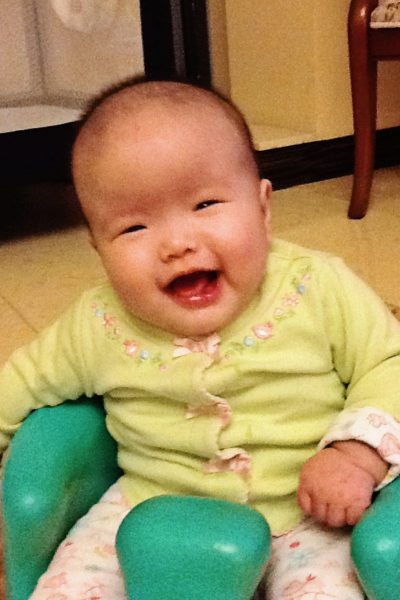
At 6:26 pm I saw the sweetest face in the world for the first time – a picture of my daughter at three months old smiling back at me from the computer screen. Her file was really detailed, and I was able to get some questions answered that helped me make my decision.
She was receiving foster care through an amazing organization, had received surgery at the best pediatric hospital in China, and could move her legs, bear weight, and had healthy kidneys.
She was my girl, and I said yes.
I wrote my LOI, and in the LOI I was instructed to include that I understood all the complications that could arise from her condition. I wrote, “I have learned that depending on what strength she is able to gain in her legs and her nerve function, she may need a manual wheelchair and she may need to be catheterized to empty her bladder. She will need shunt revisions and to be followed by a neurosurgeon for her shunt throughout her childhood and into adulthood. I feel comfortable with her medical needs and feel as though I have a clear picture of what her needs could be.”
I traveled in September 2014 and became a momma in an extremely crowded Civil Affairs office in Zhengzhou, Henan.
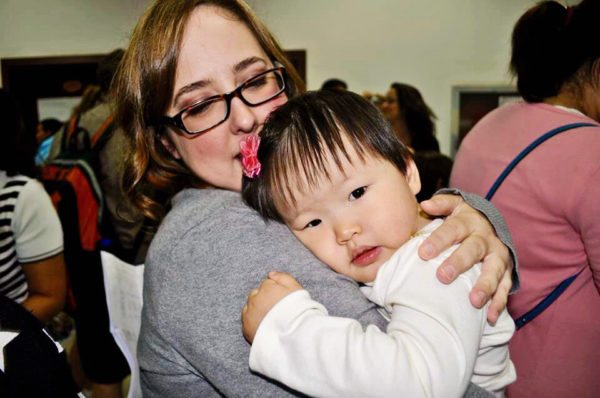
Upon arriving home, I scheduled Ella to be seen at the Cincinnati Children’s Hospital Spina Bifida Clinic. Her amazing team of doctors began managing her care. She received her first pair of AFOs and began PT less than two months after her adoption. She made tons of progress. I thought, “Just a little bit of PT and this girl will be walking!”
Well… months and months of PT later, and my sweet Ella still wasn’t walking independently. I began to venture into the world of assisted mobility devices for my own child. It’s a world I was extremely familiar with for my students, but dealing with it for my own daughter was a bit different.
Ella got her first walker in May 2015, the Monday after Mother’s Day. She loved having a little bit of independence. That led to us recognizing the need for more independence for her and, in thinking forward to preschool, in July 2015 we ordered Ella’s first wheelchair.
In August 2015, at a routine urology appointment, we discovered Ella’s bladder pressure was high and she would need to begin medicine that would require her to be catheterized. That was also the month Ella began walking independently for very short distances. In October 2015, Ella received her first wheelchair.
Then in December 2015, during a routine MRI of her brain and spine, Ella’s doctors discovered that her shunt was malfunctioning in an unusual way – she had pockets of fluid in her spine that were increasing in size. So in January 2016, Ella had a shunt revision – her second (first one at home!). Thankfully surgery went well, and she was back to her spunky little self in no time.
Ella is a thriving, happy, social, intelligent little girl. She loves puzzles, playing with toys, reading books, and going to school. She is performing at the same level as her peers when it comes to understanding preschool concepts. She is loving and kind and a bit sassy.
In September 2015, I decided to reuse my dossier to adopt my son. When I went to write his LOI, I looked back at Ella’s.
“I have learned that depending on what strength she is able to gain in her legs and her nerve function, she may need a manual wheelchair and she may need to be catheterized to empty her bladder. She will need shunt revisions and to be followed by a neurosurgeon for her shunt throughout her childhood and into adulthood. I feel comfortable with her medical needs and feel as though I have a clear picture of what her needs could be.”
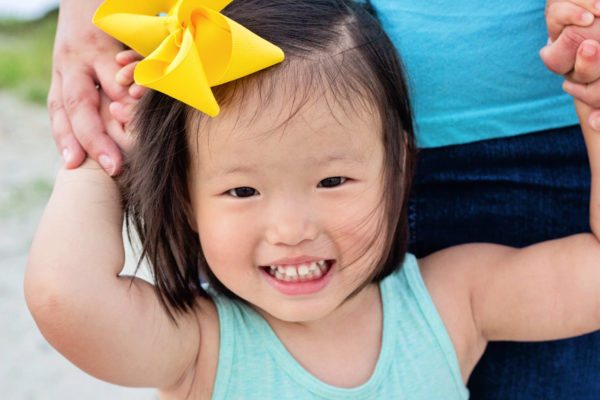
Within the first 18 months home, all these things I thought would never happen had happened.
Wheelchair? Check.
Cathing? Check.
Shunt revision? Check.
What I realized at that moment was they weren’t really “worst case” scenarios – they were just scenarios. They were just part of having spina bifida, pieces of my daughter’s story that kept her moving, or kept her healthy, or gave her independence.
I had little moments about them, sure. But once I had my daughter in my arms, I realized the only real “worst case” scenario would be losing her.
Any other scenario? The wheelchair, the medical interventions, the surgeries?
These were things I could handle.
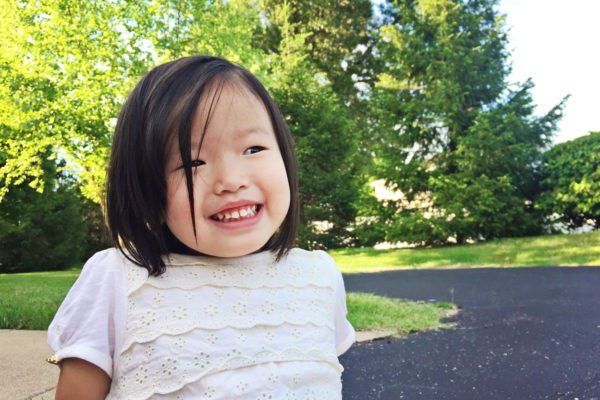
If I had known then what I know now…
I’m so thankful I didn’t.
I’m so thankful I didn’t have all the answers, and that at 10 months old her medical future wasn’t all mapped out.
I am thankful for my “rose-colored glasses” going into her adoption, and I am thankful that I learned to take them off once she was home.
– guest post by Kimberly



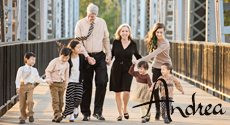



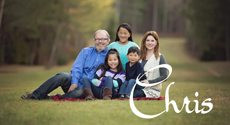
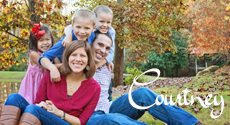

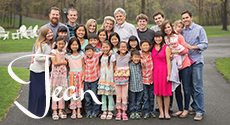
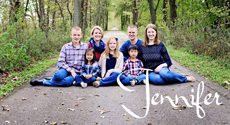


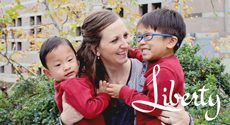
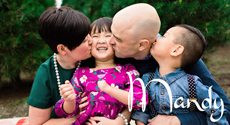



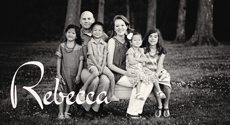
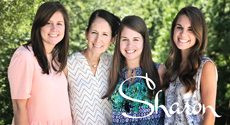




I feel the exact same way about our precious spina bifida warrior! I thank God every day that we said yes to her special focus referral… and, yes, we’ve reached similar “worst case scenarios”. She is the light of our lives and we have the honor of being her parents/brothers because of spina bifida. Your Ella is so beautiful!